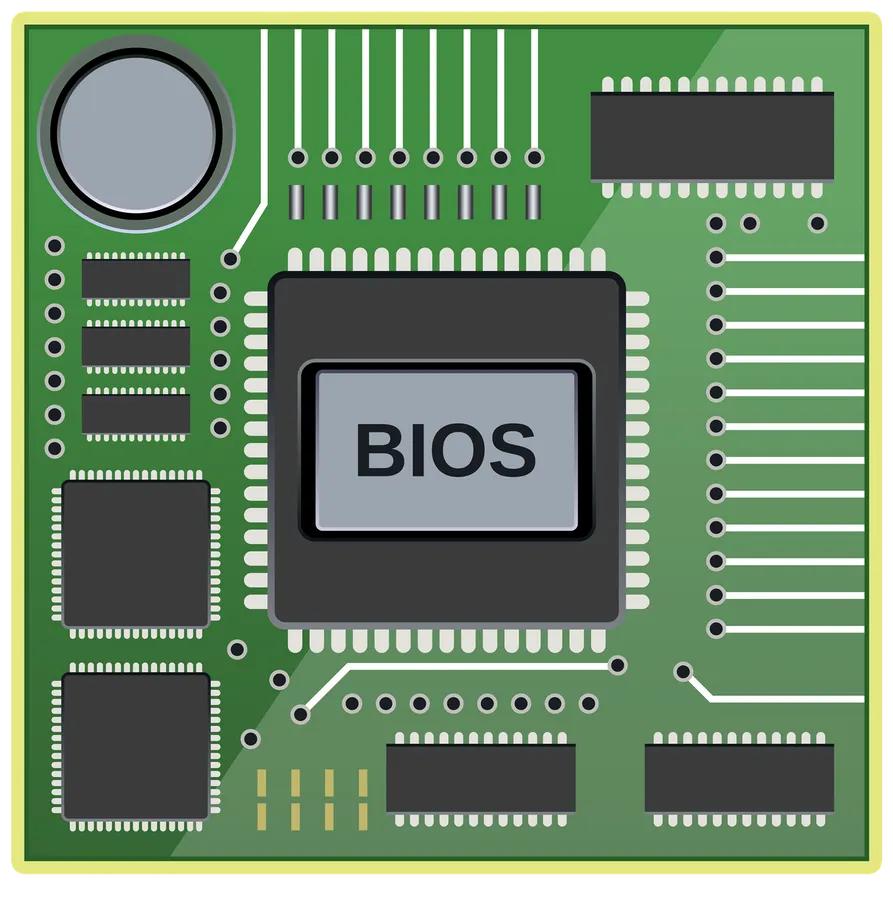Powering Up Your Computer: The Ultimate Boot Camp for Gym Rats
Welcome to our tech-savvy gym, where we’re about to pump up our knowledge muscles and dive into the fascinating world of computer boot-up processes. Just like warming up before hitting the weights, understanding what happens when you power on your computer sets the stage for a smooth and efficient workout session. So grab your water bottle and let’s break down the boot camp routine step by step!
Step 1: Meet the BIOS – Your Gym’s Command Center
Every computer has a motherboard, also known as the parent board, where all the action begins. At the heart of the motherboard lies the Basic Input Output System (BIOS) – think of it as the command center of your gym. The BIOS contains essential software responsible for tasks like reading the keyboard, writing to the screen, and managing disk I/O operations.
As you power on your computer, the BIOS springs into action, first checking how much system memory is installed and ensuring that essential devices like the keyboard are responding correctly. If any hardware components are missing or malfunctioning, the BIOS notifies you with an error message, just like your personal trainer would if you skipped a warm-up exercise!
Step 2: Booting Up – Getting Your Workout Routine Started
Once the BIOS has completed its checks, it’s time to boot up the operating system (OS) – the main workout routine of your computer. But before the OS can start, it needs to locate and load a secondary boot loader, much like how you select your preferred workout playlist to get pumped up.
This secondary boot loader then accesses the operating system from the active partition of your hard drive or SSD, kicking off the start-up process. The OS then checks for device drivers – the essential tools that allow it to communicate with your computer’s hardware components. If any drivers are missing, the OS prompts you to insert media containing the driver or download it from the Internet, just like grabbing the right equipment for your workout.
Step 3: Core Functions of the BIOS – Setting the Stage for Success
Now that we’ve covered the basics of the boot-up process, let’s summarize the core functions of the BIOS:
POST (Power-On Self-Test): This is like the initial health check your body undergoes before starting your workout. The BIOS tests the computer hardware to ensure no errors exist before loading the operating system.
Bootstrap Loader: Once the hardware check is complete, the BIOS locates the operating system and passes control to it, just like your trainer guiding you through your workout routine.
BIOS Drivers: These low-level drivers give your computer essential operational control over its hardware, ensuring smooth functioning during your workout.
BIOS Setup or CMOS Setup: This is your chance to customize your computer’s settings, just like adjusting the settings on your exercise equipment to fit your preferences.
So there you have it – the ultimate boot camp for powering up your computer, explained in gym terms that even the most non-technical gym rats can understand! Just like sticking to a consistent workout routine keeps you in top shape, ensuring your BIOS is up to date ensures system stability and security for your computer. Now go forth and conquer your digital fitness journey with confidence!
